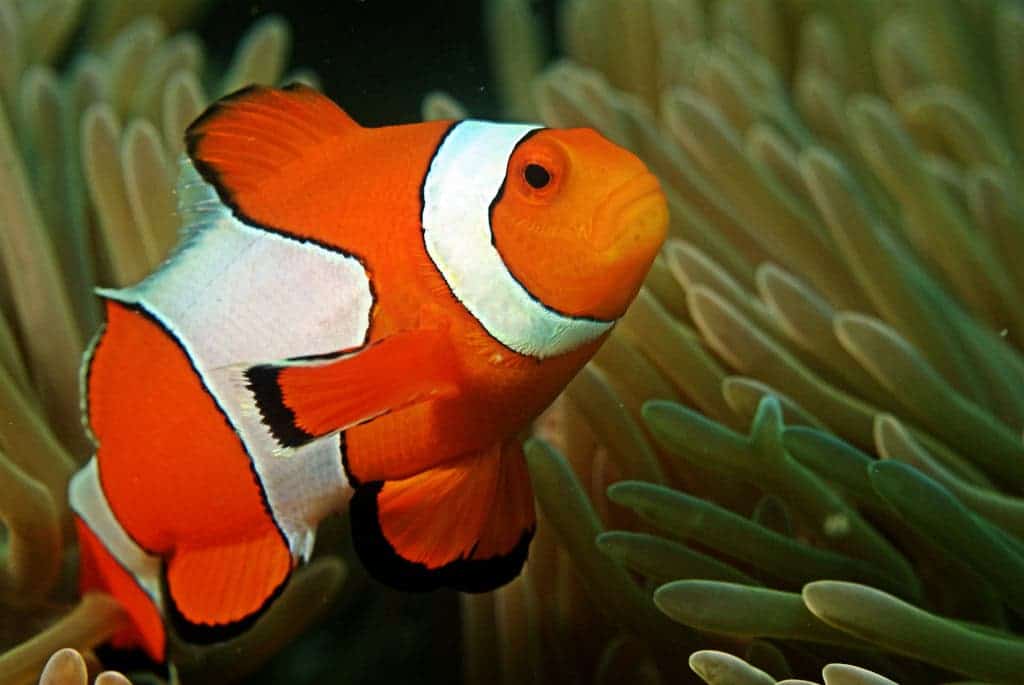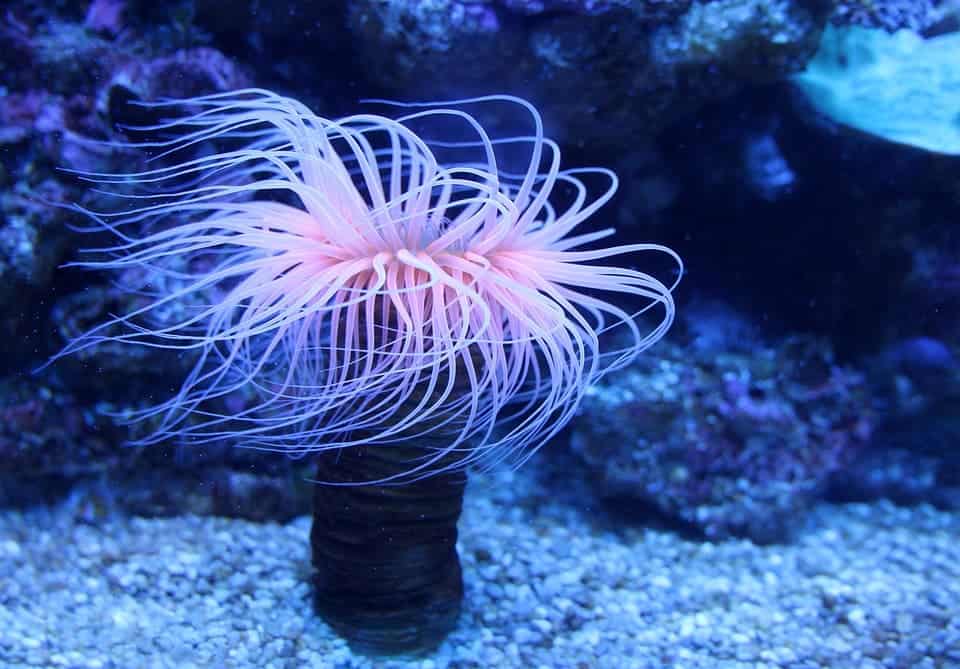Warming ocean waters are destroying the conditions necessary for clownfish to survive.
When Finding Nemo came out in 2003, it was a big success. To this day, it’s one of the most cherished animated films, making clownfish one of the world’s most popular animals. But new research finds that fame hasn’t really helped them. Rising temperatures are threatening sea anemones, which are vital for their survival.
Clownfish (also called anemonefish) have a symbiotic relationship with sea anemones. The anemones provide them with shelter, food, oxygen, and sometimes even color. In turn, the fish keep the anemones clean from predators and pests, offering extra nutrients through their excrement. The anemone tentacles are armed with stinging cells which harm most creatures, but to the clownfish, they’re completely harmless. The two creatures help each other a lot, but they also depend on each other — for this reason, when anemones are threatened, clownfish are threatened, too.
In a new study published in the journal Nature Communications, a research team monitored 13 pairs of anemones living in the South Pacific. They were monitored during a key period: the 2016 El Niño weather event, which increased water temperatures by 2°C and caused massive bleaching, for both corals and anemones. For the fish living inside these anemones, it was a disaster. They started laying fewer eggs (73% fewer), and even the eggs that got produced were less viable. For fish living with non-bleached anemones, there was no significant change.
Researchers also drew blood from these fish, showing a drop in concentrations of sex hormones (the equivalents of testosterone and oestrogen) and a sharp spike in levels of the stress hormone cortisol. Therefore, the fish were more stressed and less fertile following the event.
It took four months before the health of both the anemones and the fish improved. But this was just a singular, temporary warming event, which came and went. We already know that the seas have warmed up significantly since the start of the Industrial Age, and things aren’t likely to improve soon. What happens when a longer, more pronounced event occurs? It won’t be good, that’s for sure.
“Since anthropogenic stressors and the rate of change in environmental conditions are expected to multiply in the coming decades, with bleaching and habitat degradation becoming more frequent, understanding whether individuals and populations can adjust their physiology and behavior fast enough, either plastically or through evolutionary change, is a priority in conservation physiology,” the study concludes.
Researchers also warn that this isn’t isolated to clownfish — numerous species depend on corals and anemones for food and support, so if these two go away, they’re taking a lot of fish with them.
Journal Reference: Ricardo Beldade, Agathe Blandin, Rory O’Donnell & Suzanne C. Mills. Cascading effects of thermally-induced anemone bleaching on associated anemonefish hormonal stress response and reproduction. doi:10.1038/s41467-017-00565-w











